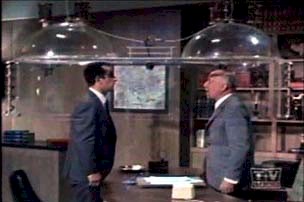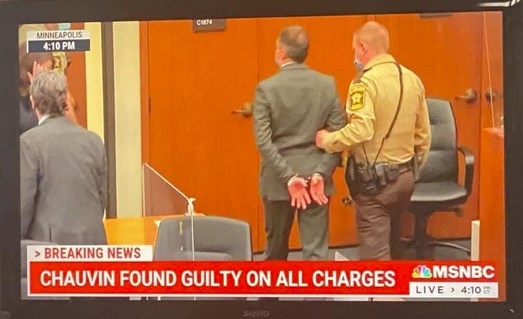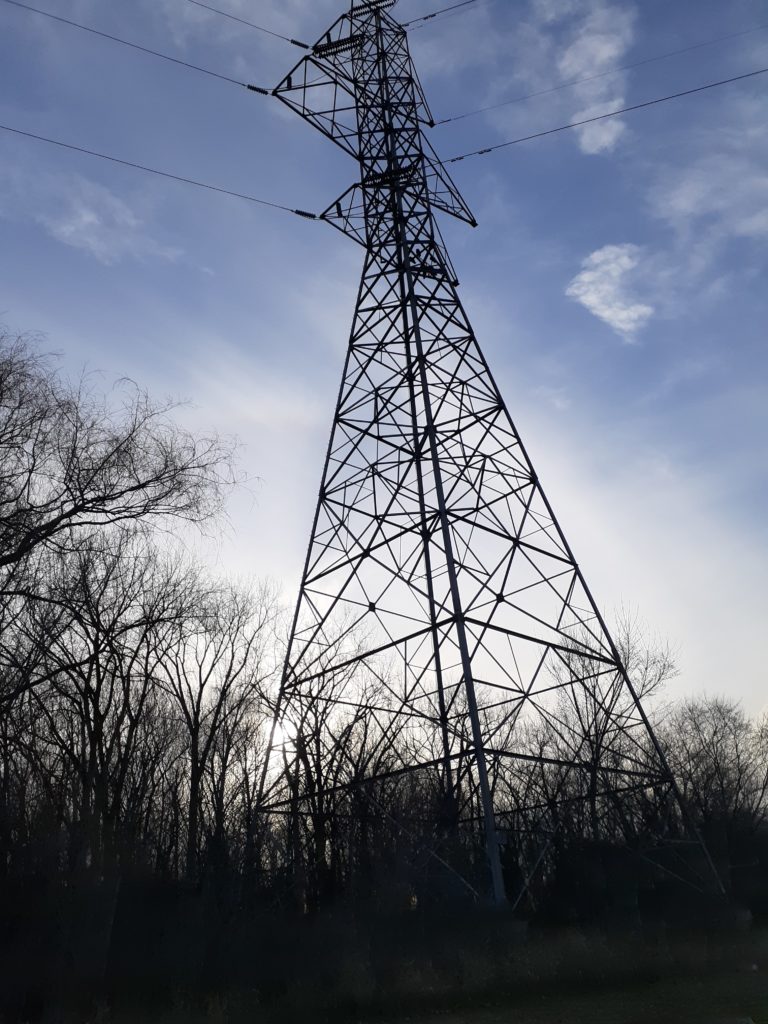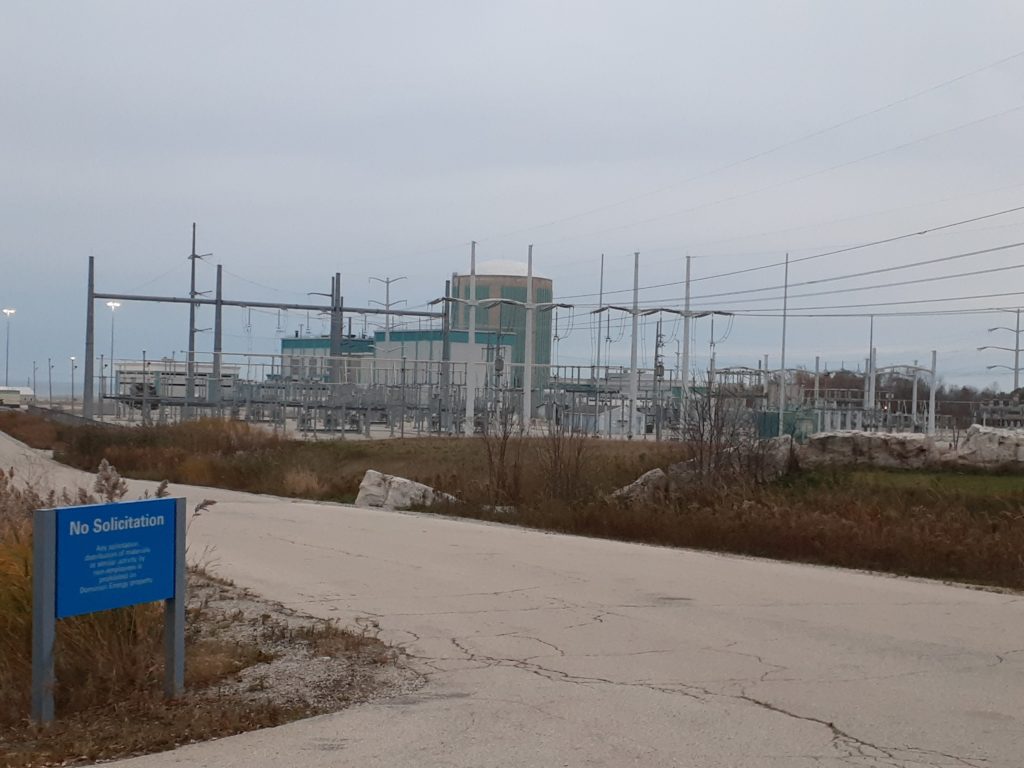Report: Investigation of Mpls and MPD
April 27th, 2022
Investigation into the City of Minneapolis and the Minneapolis Police Department: Findings from the Minnesota Department of Human Rights
It’s pretty damning, documents the systemic racism and maltreatment. Not news really, to anyone who’s paying attention. This should be hard for the City and MPD to ignore.
Prairie Island Final SEIS is released!
April 27th, 2022
It’s out, the Prairie Island Final Supplemental Environmental Impact Statement, here are the pieces from the Commerce-EERA site. Check it out and register your comments by May 10, 2022:
Final Supplemental Environmental Impact Statement (SEIS) — Prairie Island Nuclear Plant
- SEIS Text
- Appendix A – Scoping Decision
- Appendix B – Safety of Spent Fuel Storage
- Appendix C – Cask and Canister Handling Processes
- Appendix D – Safety of Spent Fuel Transportation
- Appendix E – Comments on the Draft SEIS and Responses
There doesn’t seem to be a link to a “one stop shopping” pdf of the entire thing.
You can also find the SEIS at the Red Wing Library.
Next steps? Comments on adequacy of the SEIS.
COMMENTS DUE MAY 10, 2022
Archives have preserved Trump Executive Orders
April 27th, 2022
Years ago, early 2017 to be precise, I was so disgusted with the Executive Orders being rammed through, particularly about immigration, that I started up a website to track them and the many lawsuits challenging them. Not long into the administration, I gave up on tracking, it was beyond a full time job. About the same time, the White House phone comment line closed (I’d been leaving comments often) and the switchboard would not forward any calls to anyone or take a message, and then the White House website dropped the entire section on Executive Orders. GONE!
Recently someone wrote saying that a link I’d posted wasn’t working, well DUH, it was from when there was a White House Executive Actions page, with Orders and Memoranda. But I looked, and of course the Federal Register page is still there, but there’s now an Archive preserving the Executive Orders!
TRUMP PRESIDENTIAL ACTIONS ARCHIVE
Note the caveat at the top — this is just ONE of the EOs that were disappeared:
The “person” who let me know that the link I had posted didn’t work I think was a bot or ? trying to get me to click on something malevolent. Just no… stick to the Federal Register.
Grant Merritt weighs in on nuclear
April 14th, 2022
Grant Merritt in the STrib:
Counterpoint: Case still powerful against nuclear energy
It would be unsafe and costly for Minnesota to reverse the moratorium.
By Grant J. Merritt April 13, 2022
In response to “Times change. Minnesota nuclear moratorium must end” (Opinion Exchange, April 11), there are five reasons to retain Minnesota’s moratorium on building any more fission nuclear power plants.
The first is that ever since the Atomic Energy Commission began promoting them back in the post-World War II days, and over the ensuing 75 years, no acceptable storage locations have been found for the radioactive wastes.
The second reason is that these plants are prone to accidents, such as we had at the Monticello NSP nuclear plant on Nov. 19, 1971, when 50,000 gallons of radioactive water flowed into the Mississippi River. This caused the commissioner of the Minnesota Health Department to close the water intakes in the metro due to the threat to human health. That catapulted the accident into national news. Serious accidents occurred at the Three Mile Island nuclear plant followed by the Chernobyl and Fukushima nuclear plants.
The third reason to oppose any more of these plants here or elsewhere in the U.S. is the threat of terrorism, now being experienced at the Chernobyl nuclear power plant in Ukraine.
The fourth reason is that licensing nukes is difficult due to opposition by many people, even though the U.S. government has preempted state regulation of potential exposure to water discharges. Thanks to action by former Gov. Wendell Anderson when he was a U.S. senator, air emissions are not preempted, so the state can hold hearings on air emission permits, which would no doubt be hotly opposed.
The final reason for continuing the moratorium is that building nuclear power plants is so excessively costly that the nuclear plant that was well underway to being built on the Savannah River in South Carolina was abandoned by voters.
For these reasons the Minnesota Legislature should not reverse the nuclear moratorium.
Grant J. Merritt, of New Hope, is a retired attorney. He was executive director of the Minnesota Pollution Control Agency, 1971-75.
GridEx VI and Joint Cybersecurity Advisory reports released
April 14th, 2022
I’m remembering legendary testimony in the Arrowhead project, “If it’s all connected, it’s all connected.” This is why it’s a problem to rely on transmission — if “it’s all connected,” it can be disconnected, and that’s a problem.
It’s a problem NERC has been looking into for a while, holding group exercises, “GridEx,” and they’ve just issued their latest report:
From the NERC GridEx page, here are links to all the reports:
GridEx Public Reports
 GridEx VI Report GridEx VI ReportGridEx V Public Report GridEx IV Public Report GridEx III Public Report GridEx II Public Report GridEx I Public Report |
And another report just released:
APT Cyber Tools Targeting ICS/SCADA Devices
There’s physical security and there’s cybersecurity… both making it very difficult to get information about our electrical grid — and how can “we” make need and routing determinations without information, information as essential as maps? Substation and transmission line loading? Planning for market v. planning for reliability?
I’ve had a few “security” issues myself, beginning even back during the Arrowhead project, over 20 years ago, where people taking photos of distant transmission lines were confronted by police. I’ve had security at a shuttered nuclear plant rush up and tell me I can’t take photos, from this distance, outside the fence!
And just try to get into a transmission planning meeting!
MISO bars access to planning meetings

MAPP started in on this in 2008:
MAPP adopts shroud of secrecy
Yes, there was a physical attacked, a shooting on a California substation nearly a decade ago that disabled the substation:
Sniper attack on California power grid may have been ‘an insider,’ DHS says
Obsessed is the word.
Here’s a Congressional report:






